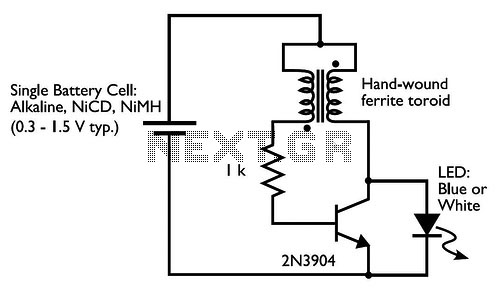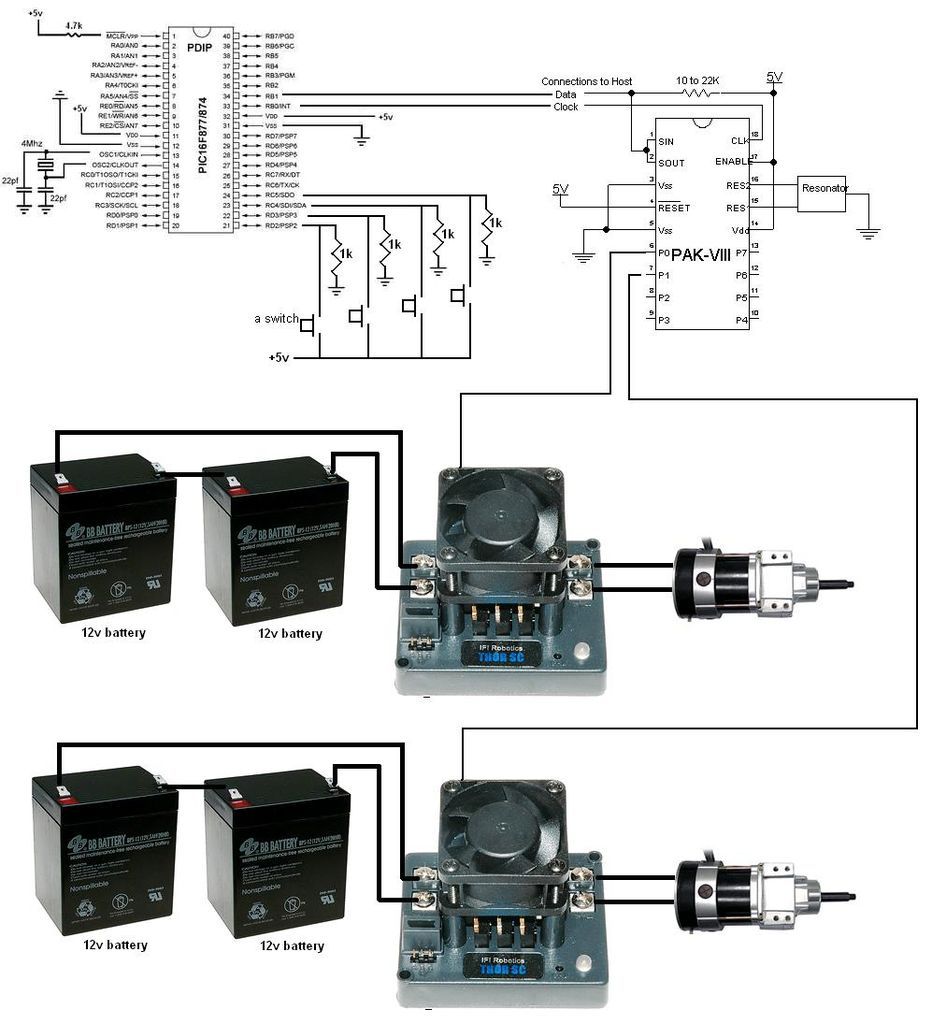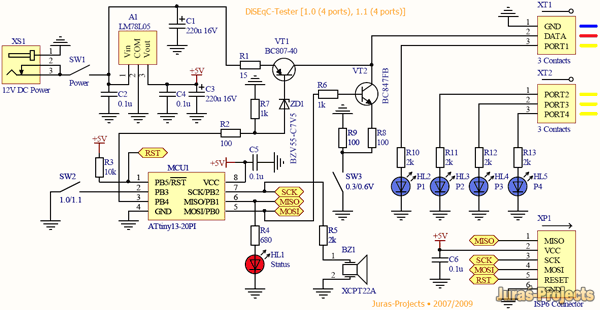
DIY Dual Fan Controller Project

Here is a circuit diagram designed for DIY enthusiasts who aim to construct a dual fan controller utilizing an ATtiny45 microcontroller. The circuit activates the first fan when the temperature reaches a user-adjustable dial setting and engages a second fan if the temperature exceeds an additional 5 degrees Fahrenheit. This approach allows for the use of a single fan if the temperature remains manageable, while both fans will operate when necessary.
The dual fan controller circuit employs an ATtiny45 microcontroller as the central processing unit, which is programmed to monitor temperature readings from a thermistor or temperature sensor. The user can adjust the temperature threshold using a potentiometer, which provides an analog input to the microcontroller.
The circuit includes two output channels, each connected to a relay or transistor that controls the power to the fans. When the temperature detected by the sensor exceeds the threshold set by the potentiometer, the ATtiny45 sends a signal to activate the first fan. If the temperature rises above the threshold plus an additional 5 degrees Fahrenheit, the microcontroller triggers the second fan, ensuring effective cooling.
Power supply considerations should be taken into account, with appropriate voltage regulation to ensure stable operation of the ATtiny45 and the fans. A bypass capacitor is recommended near the microcontroller to filter any noise from the power supply. Furthermore, flyback diodes should be included across the relay coils to protect the microcontroller from voltage spikes when the relays are deactivated.
The circuit layout should be designed to minimize interference and ensure proper heat dissipation for the fans. Proper thermal management is crucial, especially in applications where high temperatures may be present. This dual fan controller circuit provides a flexible solution for managing cooling in various electronic projects, making it an excellent choice for DIY electronics enthusiasts.Here`s a nice little circuit diagram for all those hardcore DIYers if you are trying to build a dual fan controller using an ATtiny45 although I`d never use this thing, I`d rather use a CUBLOC. Over the course of a weekend, I cobbled together some leftover robot parts to create a simple dual-fan controller.
The board turns on the first fan when t he temperature reaches a user-adjustable dial setting, and it turns on a second fan if the temperature exceeds an additional 5 degrees Fahrenheit. With this method, only a single fan is used if the temperature can be kept under control with only one fan, but both fans will kick on if necessary.
🔗 External reference
The dual fan controller circuit employs an ATtiny45 microcontroller as the central processing unit, which is programmed to monitor temperature readings from a thermistor or temperature sensor. The user can adjust the temperature threshold using a potentiometer, which provides an analog input to the microcontroller.
The circuit includes two output channels, each connected to a relay or transistor that controls the power to the fans. When the temperature detected by the sensor exceeds the threshold set by the potentiometer, the ATtiny45 sends a signal to activate the first fan. If the temperature rises above the threshold plus an additional 5 degrees Fahrenheit, the microcontroller triggers the second fan, ensuring effective cooling.
Power supply considerations should be taken into account, with appropriate voltage regulation to ensure stable operation of the ATtiny45 and the fans. A bypass capacitor is recommended near the microcontroller to filter any noise from the power supply. Furthermore, flyback diodes should be included across the relay coils to protect the microcontroller from voltage spikes when the relays are deactivated.
The circuit layout should be designed to minimize interference and ensure proper heat dissipation for the fans. Proper thermal management is crucial, especially in applications where high temperatures may be present. This dual fan controller circuit provides a flexible solution for managing cooling in various electronic projects, making it an excellent choice for DIY electronics enthusiasts.Here`s a nice little circuit diagram for all those hardcore DIYers if you are trying to build a dual fan controller using an ATtiny45 although I`d never use this thing, I`d rather use a CUBLOC. Over the course of a weekend, I cobbled together some leftover robot parts to create a simple dual-fan controller.
The board turns on the first fan when t he temperature reaches a user-adjustable dial setting, and it turns on a second fan if the temperature exceeds an additional 5 degrees Fahrenheit. With this method, only a single fan is used if the temperature can be kept under control with only one fan, but both fans will kick on if necessary.
🔗 External reference





